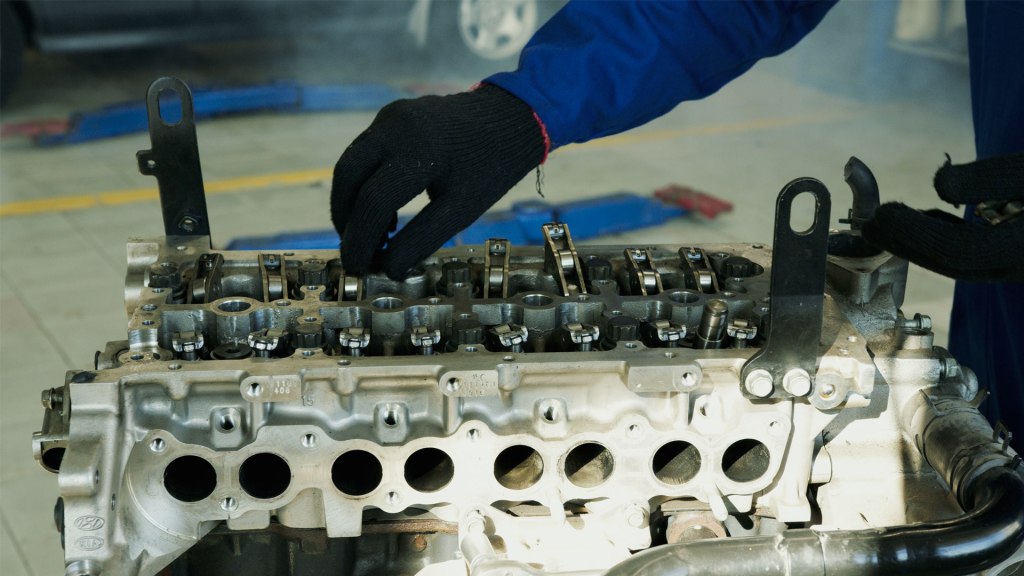Although it is not necessary to state this, the aftermarket is the automotive’s secondary market. It offers items and services for anything that could happen after a car is purchased, such as accessories, replacements, and repairs. We’ve discussed some of the issues that Aftermarket Auto Parts encounter. Read below;
Let’s start with the digital…
We’re all aware of how the internet works in our vines. So it’s no surprise that one of the most significant developments in the automobile aftermarket (and other industries) is currently underway. It’s because of the rise of eCommerce and the digital world. We’ve covered a lot of ground on this subject in the sections below.
Nowadays, before opting for another choice, car part consumers want to complete the work online first. According to the study, 93% of auto parts consumers conduct internet research before making a purchase, with 82% basing their decision in part on a company’s online presence.
Usually, this trend becomes well-known after the covid-19 epidemic. Many of us hadn’t been to the stores in a long time. According to studies, the vehicle aftermarket in the United States has a market share of $16 billion. And a nearly $2 billion rise over the year’s initial predictions. You can see that having an online persona is no longer optional; it has become a necessity for any organisation.
Boom and bust
This should not come as a surprise; it is a fascinating exchange between an industry and its aftermarket. Both the automobile aftermarket and the automotive industry rely on the buyer’s willingness and ability to spend money. However, while the auto industry requires consumers who want to buy new cars, the aftermarket requires the exact opposite. It requires people who own older vehicles and are willing to pay for tune-ups and replacements.
According to data, new car sales in the United States have been at an all-time high since 2015. Every year, approximately 17.2 million cars are sold. However, you’ll be astonished to learn that 2020 was not exactly a banner year for auto sales, with earnings expected to drop by 6% for the global auto industry.
However, when it comes to the aftermarket, the drop in new car sales implies the opposite. The auto parts sector is very resilient, and the recession brought on by COVID-19 has had a fraction of the detrimental impact it has had on other industries. Consumer purchases of auto parts hit an all-time high in the summer of 2020, demonstrating the need of sticking with what you have for the time being.
Consumers may be pushed or persuaded to buy old cars or to focus more on maintaining their present vehicles by the aftermarket. In either case, you’ll end up with older vehicles, which means you’ll be giving the aftermarket another source of revenue.
In reality, it appears that automobiles are becoming older. Over the last decade, the average age of an American car has risen by 17% to roughly 11.5 years. Vehicles are surviving longer, and drivers are willing to pay for maintenance. By 2026, the worldwide vehicle aftermarket industry is estimated to be worth more than $500 billion.
Another reason to believe the aftermarket industry will continue to develop is the presence of millennials. For once, we are not to blame for the demise of an industry; rather, we are assisting it. According to market data, millennial drivers are twice as likely as those in their sixties to be on the road. Furthermore, we are more likely to be driving an older car that we purchased. You are welcome, auto aftermarket. These are some statistics about trends and issues in the aftermarket auto parts industry. So, if you want to buy Aftermarket Car Parts, you can visit Gravity Shift and discover which option is perfect for you.


Leave a comment